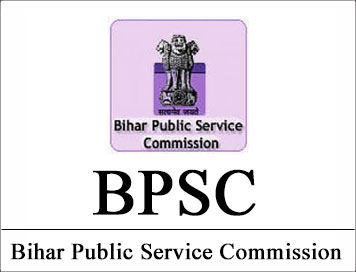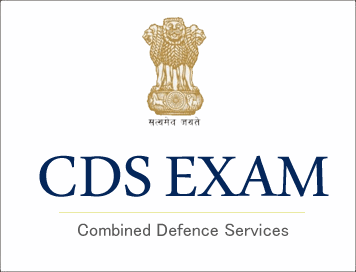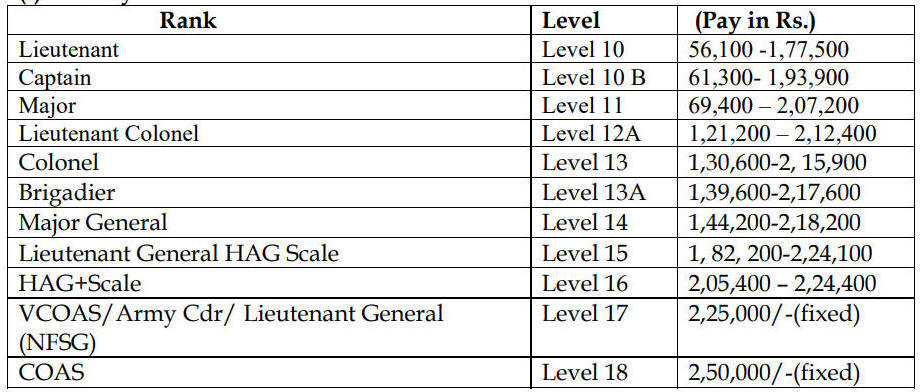
(GIST OF YOJANA) Overflowing love melts in other woes
[OCTOBER-2019]
Overflowing love melts in other woes
Gandhi’s notion of peace can be understood from his concept of life based on
the fundamental principle of Truth. His peace is life centric in a concrete
sense and he pursued it through the means of non-violence, which according to
him, is competent to guide oneself and the rest into sustainable life
experiences.
Truth
Truth, for Gandhi, is the basis of life, and it is in the practice of Truth,
as he did that one unravels the peace he expounded. While elucidating Truth as
(God (Gandhi explained that there is an “unalterable Law Mint governs everything
and every being that exists or lives It is not a blind law; for no blind law can
govern the conduct of living beings (Quoting the great scientist Sir J C Bose
who showed the world that even mailer has life, (Gandhi stated, “that Law which
governs all life is God." And he called that Law as Truth, the sovereign and
eternal principle.’ For him, Truth is God, the End and 1he very purpose of life
lie understood Truth as the Sanskrit term satya connoted. It stems from the word
'.sat', which means that which exists'.' All that exists is real or true, hence
part of Satya.
Life
As a pragmatic idealist, (Gandhi explained life as the closest manifestation
of Truth or God. Hence, the only way to find the all encompassing Truth or God
is to see Him in his creation and be one with it. This can be done by service to
all.
Non violence
While Truth for him was the end. (Gandhi held non violence as die undisputed
means “Nonviolence is the law of our species as violence is The law of the
brute. The dignity of man requires obedience to a higher law. As life is real or
true (truth), (Gandhi proposed, anything that protects, promotes and preserves
life are also attributes of Truth. He called such acts non-violence. On the
contrary, anything that hampers life is considered to be anathema to Truth, and
he called such act as violence.
This non-violence is not a mere individual virtue, but a method of collective
living. It is an attitude of “overflowing love, and melts at another’s woes"."
It means selfless devotion to a righteous cause, self- suffering and love, as
Gene Sharp puts it. Sharp elaborates Gandhi’s non-violence as a socio-economic
and political arrangement that ensures everyone a fair chance of living, using
appropriate tools, structures, systems and orientation.
Peace :
An Experience of Life In this sense, for Gandhi, peace is an experience of
life. In our day-to-day life, it is recognised through attributes such as
satisfaction, joy, happiness, comfort, relief (attributes of impact of human
action); sharing, cooperation, mutual aid (attributes of human action), love,
compassion, forgiveness, tolerance (attitudinal attributes), understanding,
realization and consciousness (cognitive attributes); All these, together as
well as independently, refer to the experience of peace.
Joy and happiness are termed as close attributes of peace. While they are
true, it is also established that an asocial person too can experience a sense
of joy and happiness by pursuing his life at the expense of others. It is
therefore essential to have a basic, foundational reference for peace. From
Gandhi’s exposition of Truth, we understand that the all-encompassing Truth or
its manifest forms-'Life’ in particular, is an unqualified and comprehensive
reference for peace.
Peace: A Pursuit of Life As life is the reference to peace, peace is subject
to (a subjective experience of) life. There is no peace where there is no life.
Peace independent of life is called ‘peace of graveyard’. When life is all good,
the experience of it is termed as peaceful and when life is in trouble, the
experience of it is termed as peaceless.
Crisis Management Technique
Life is realised by individual through society. Society is all about
relationship. And the relationship is bound to get strained, for individuals are
essentially different from one another. On such occasions, it is important that
we resist the wrong and not the wrong doer.-’ The wrong impedes life (the
Truth), hence it has to be resisted; while the wrongdoer is a reality (part of
the Truth) hence to be endeared. This scientifically tempered surgical analysis
(doctor fights against the disease to save the patient, even when both the
disease and the patient have come as one package), is attuned to the larger
reality of Truth. In this sense Gandhi often reiterated, “hate the sin and not
the sinner."’ And he called that methodology, 'Sanagniha.'







